Media | Articles
Now Lovingly Restored, This E-Type Was an Amateur Racer’s Sweet Revenge
Early in the spring of 1961, Joe Mulholland was pining for a new race car. He had experienced success racing a Jaguar XK 150 at Waterford Hills, a new road racing track in southeast Michigan. Among his competitors at that track was Gerald “Jerry” Thompson, a test engineer who helped develop engines for Chevrolet in nearby Warren. Thompson had access to the best and latest, and the C1 Corvettes he raced at Waterford had evolved to the point where they could outrace Mulholland’s aging Jaguar.
Designed as a sports car, the XK was never meant to be a race car, although Jaguar management obviously appreciated the privateers who raced it. The XK 150 shared some technology with the brand’s D-Type, a limited production, purebred race car that had won Le Mans three years in a row, sweeping the podium in ’57. However, the XK 150 lacked the sophistication of the race car. A road-going, club-racer version of the D-Type, dubbed XKSS, had gone into production right around the time Waterford held its first sports car race in the late ’50s, but that Jaguar effort was wiped out in a fire that destroyed not only most of the early production cars but also the tools needed to make them. The English automaker decided not to revive production of the D-Type sibling, choosing instead to build a new, more modern machine, a race-worthy sports car for the many fans Jaguar had won through its repeated triumphs in international sports car racing. The automotive world anxiously awaited the arrival of the new car. Joe Mulholland was undoubtedly among the most anxious.


The long-awaited Jaguar finally arrived in March, 1961. Given how carefully automakers curate new model launches today, it’s hard to imagine the chaotic international press introduction of a car as important as the new E-Type, which debuted at the Geneva International Motor Show. While accounts of that event differ, most agree that the beautiful coupe was nearly late for its debut in Switzerland and had to be driven at high speed all the way from the Jaguar factory in Coventry, England, to the Parc des Eaux Vives in Geneva. The car arrived just 20 minutes before the scheduled reveal, and the automaker’s crew barely had time to clean off the road dirt before the E-Type was unveiled.
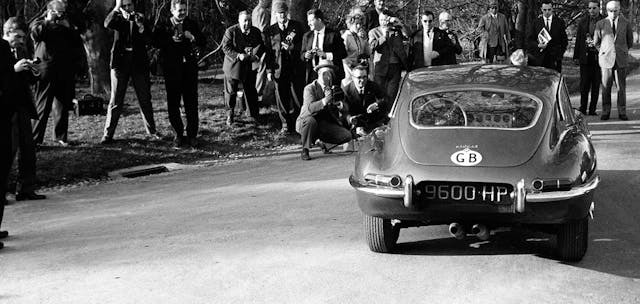
When the new Jag was finally revealed to the assembled scribes, as the story goes, pandemonium ensued. Everyone wanted to see it, touch it, and drive it. Sir William Lyons, Jaguar’s founder and inspirational leader, commandeered a second E-Type, a roadster, and it was driven to Geneva in a mad dash by Jaguar test driver Norman Dewis. Some accounts say that a third car, another coupe, was sent to Geneva as well.
In any case, the E-Type’s beautiful lines and its 150-mph performance made a powerful impression. So too did the many technical highlights of the car, including its monocoque design with a front subframe that minimized weight; the potent, 3.8-liter XK engine, that produced 265 horsepower; and the fully independent suspension, with rear inboard disc brakes that provided enough stopping power to allow late braking in corners while minimizing unsprung weight. The E-Type was brilliant. Sports car racers everywhere, including Joe Mulholland in Bloomfield Hills, Michigan, wanted one.
Marketplace
Buy and sell classics with confidence
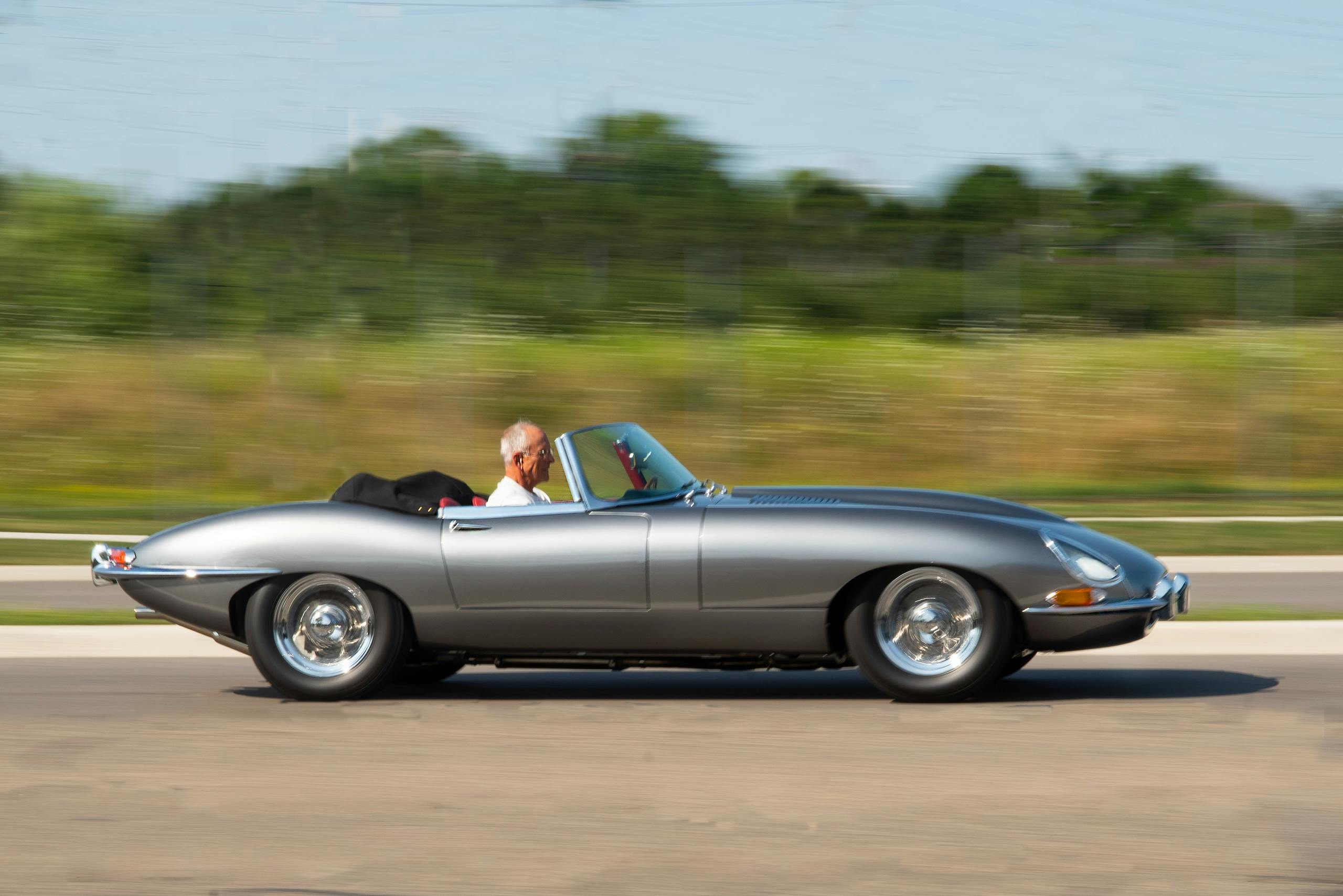
Mulholland knew that getting his hands on an E-Type through Jaguar’s limited U.S. dealer network would take a long time—if he could get one at all. Fortunately, his efforts racing the XK 150 had not gone unnoticed in Coventry, and he had some contacts at Jaguar. He worked those contacts and arranged to purchase an E-Type direct from the factory. In November of ’61, he hightailed it across the pond. On November 28, he took delivery of the 958th U.S.-spec E-Type to roll off the assembly line. Dressed in gunmetal gray with a red interior, it was a pretty car. It cost him 1480 English pounds ($4088 U.S. at 1961 exchange rates). Before he could drive it out of the factory it had to be made legal for England’s roads, so it left Coventry registered as 171WK. Mulholland toured Europe for a few weeks in his new car before having it shipped to his Michigan home.

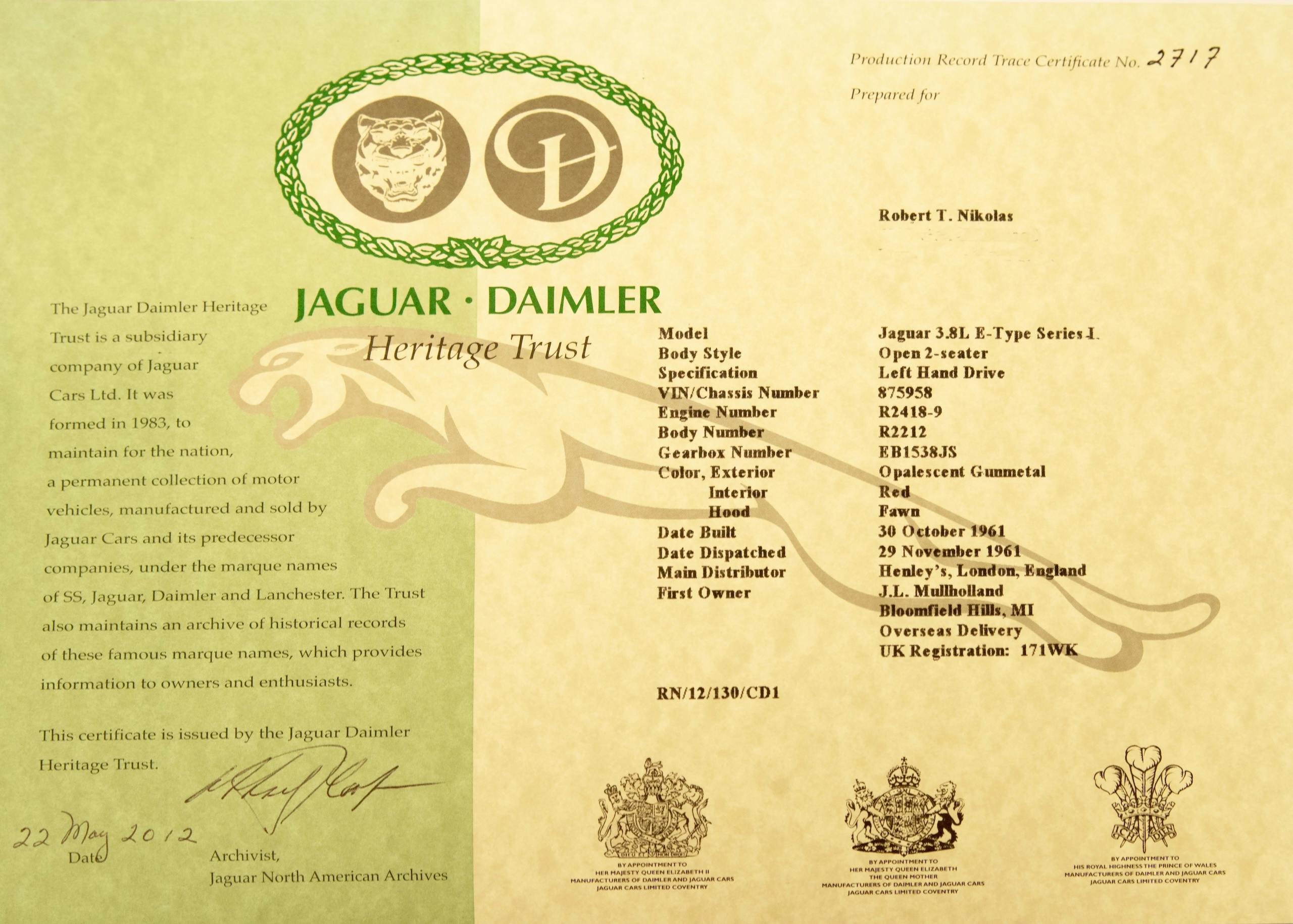
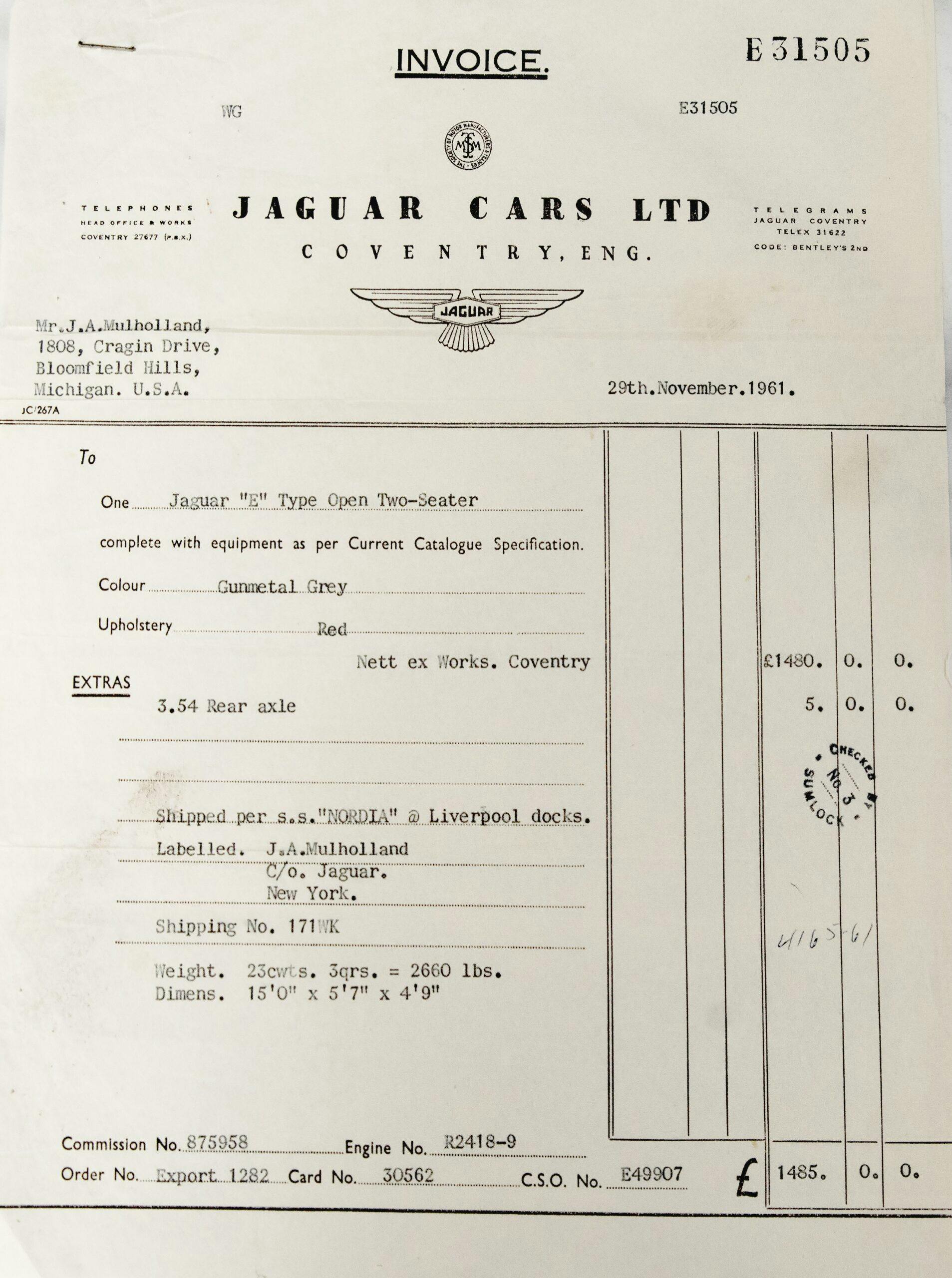
In May of 1962, the E-Type won its first race at Waterford Hills, narrowly edging the C1 Corvette of Mulholland’s rival, Jerry Thompson. The new Jaguar was soon the star of the show. Mulholland continued to campaign the car for the rest of the season before ordering a ’63 E-Type at the end of the year. The ’63 was essentially a factory race car, equipped with aluminum body parts, a stiffer rear-end ratio, and oversized brakes. The ’61 was sold to a friend, who drove it occasionally for a year, then sold it to John Waggett, an interior decorator who abused it a bit by driving in winter before selling the E-Type in 1971 for $2200 to a high school student named Bob Nikolas.
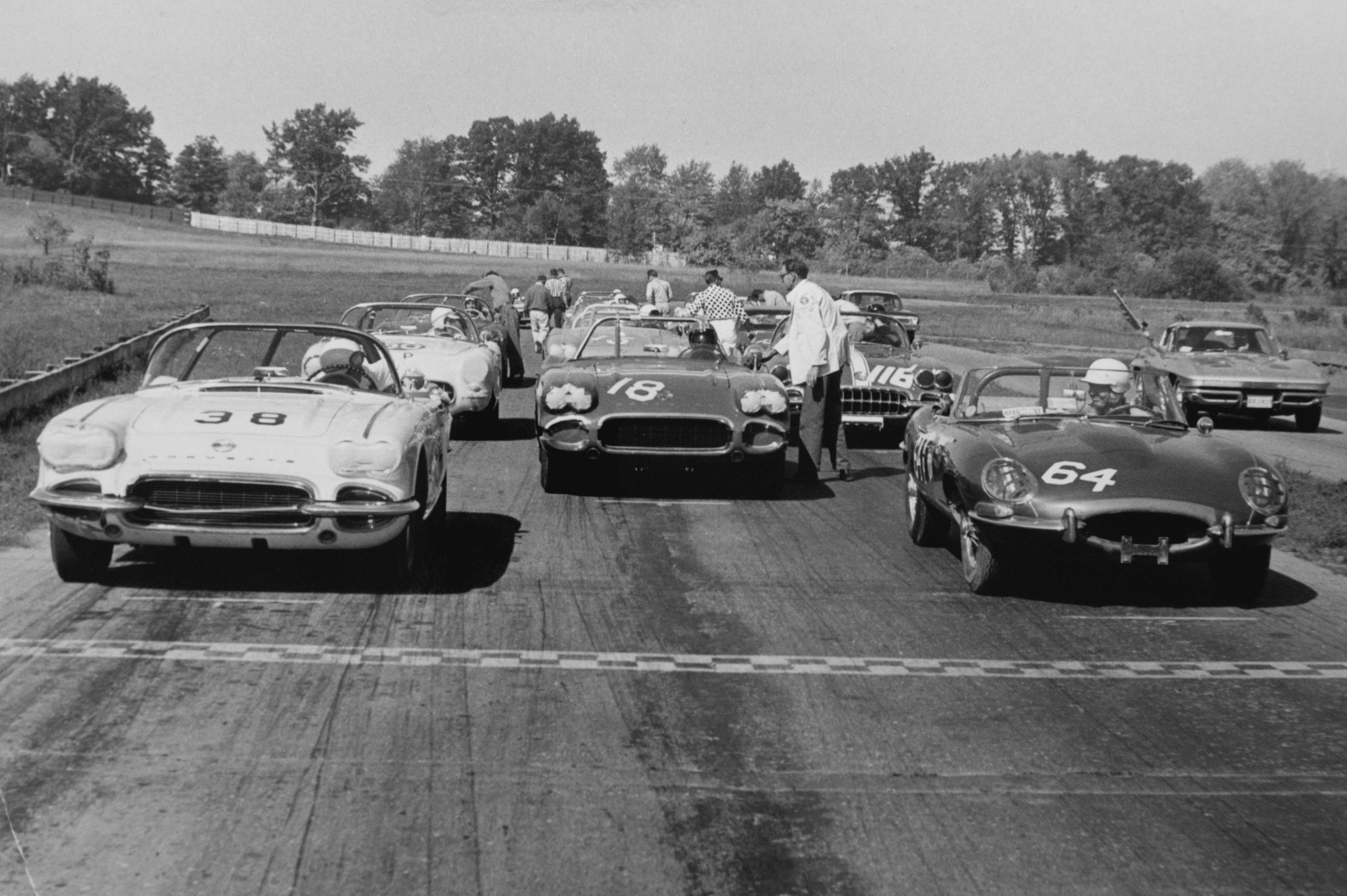
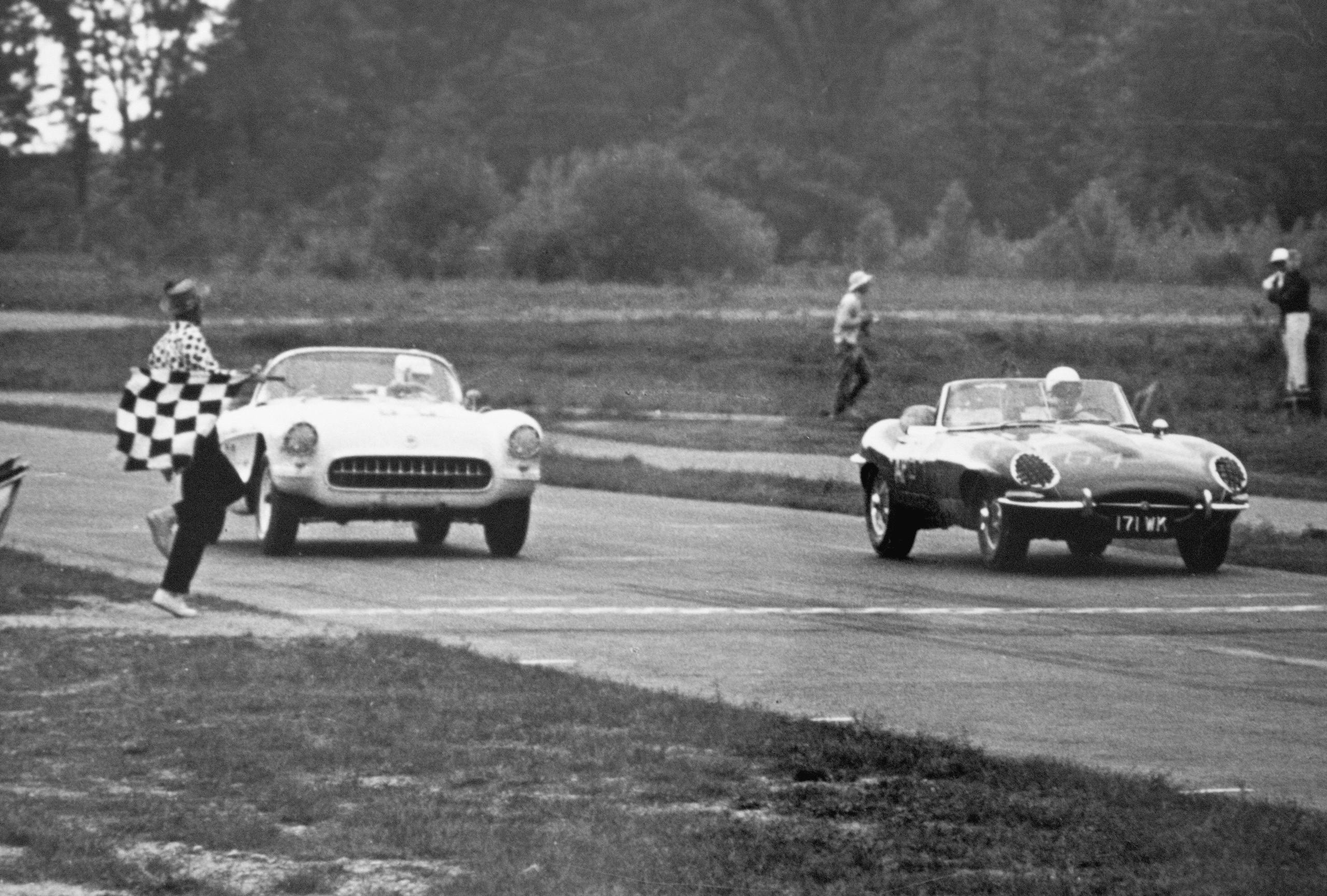
Bob drove the E-Type for nine years, taking it out only in the summer for the most part before parking it and letting the registration lapse in 1980. The ’61 would be shuttled from one garage to the next but never registered or driven again for the next twenty-five years. Finally, in 2005, Bob dragged the E-Type out of his garage and towed it to Nikolas Motorsport, the family business on Woodward Avenue in Pontiac, Michigan. There, he completely disassembled the slightly rusty Jaguar and devoted much of the next 19 years to its full restoration.

When disassembled, the car didn’t look too bad. However, a media blast revealed some rust holes adjacent to the seams, requiring Nikolas to replace some sheetmetal. Once the body was restored, the engine was overbored, sleeved, and fitted with new camshafts. The head was ported and polished and numerous components were upgraded before the engine was assembled by a mechanic who specialized in vintage Jaguar race cars. The four-speed transmission was put in storage, giving way to a five-speed Tremec that’s designed to fit an E-Type.
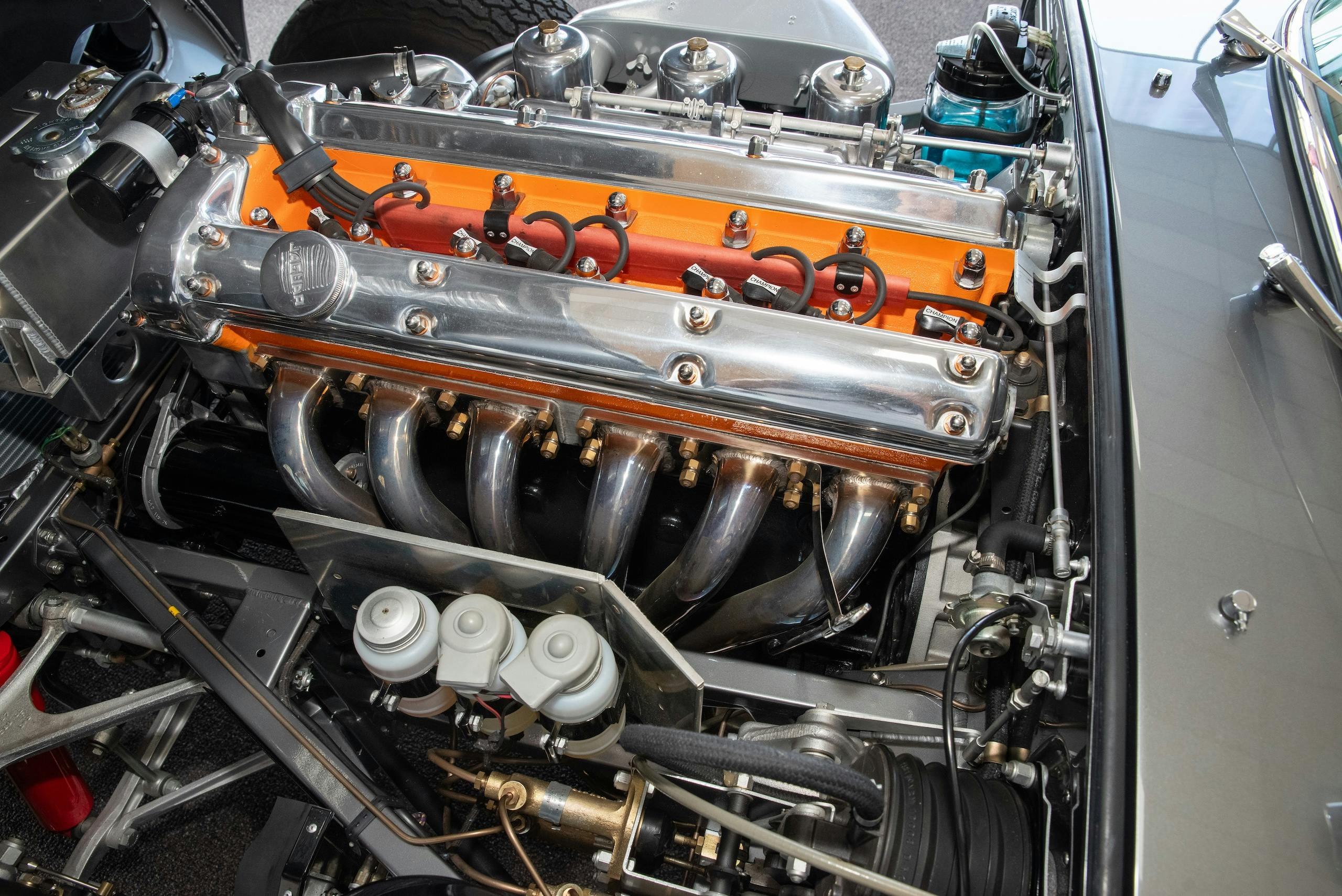
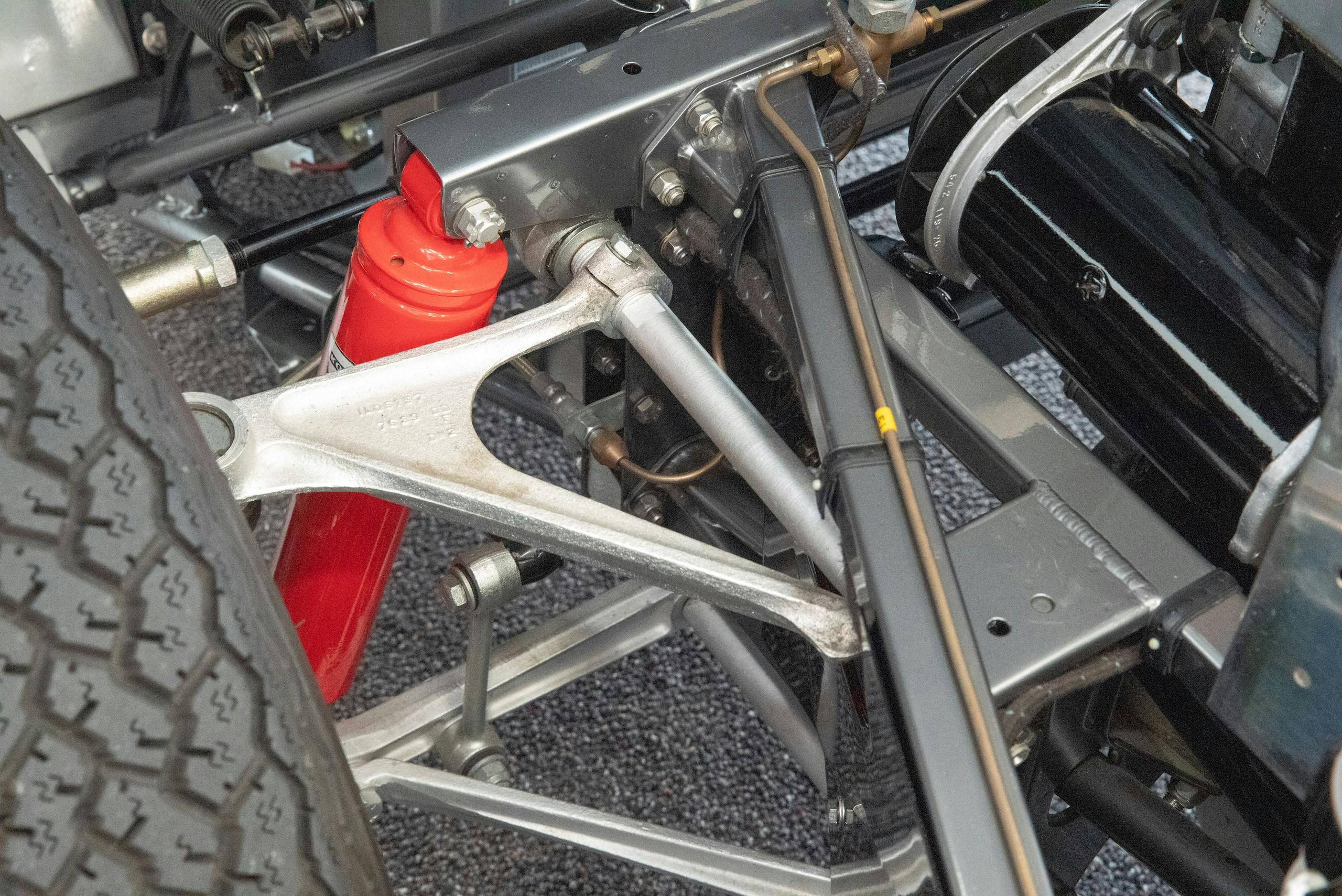
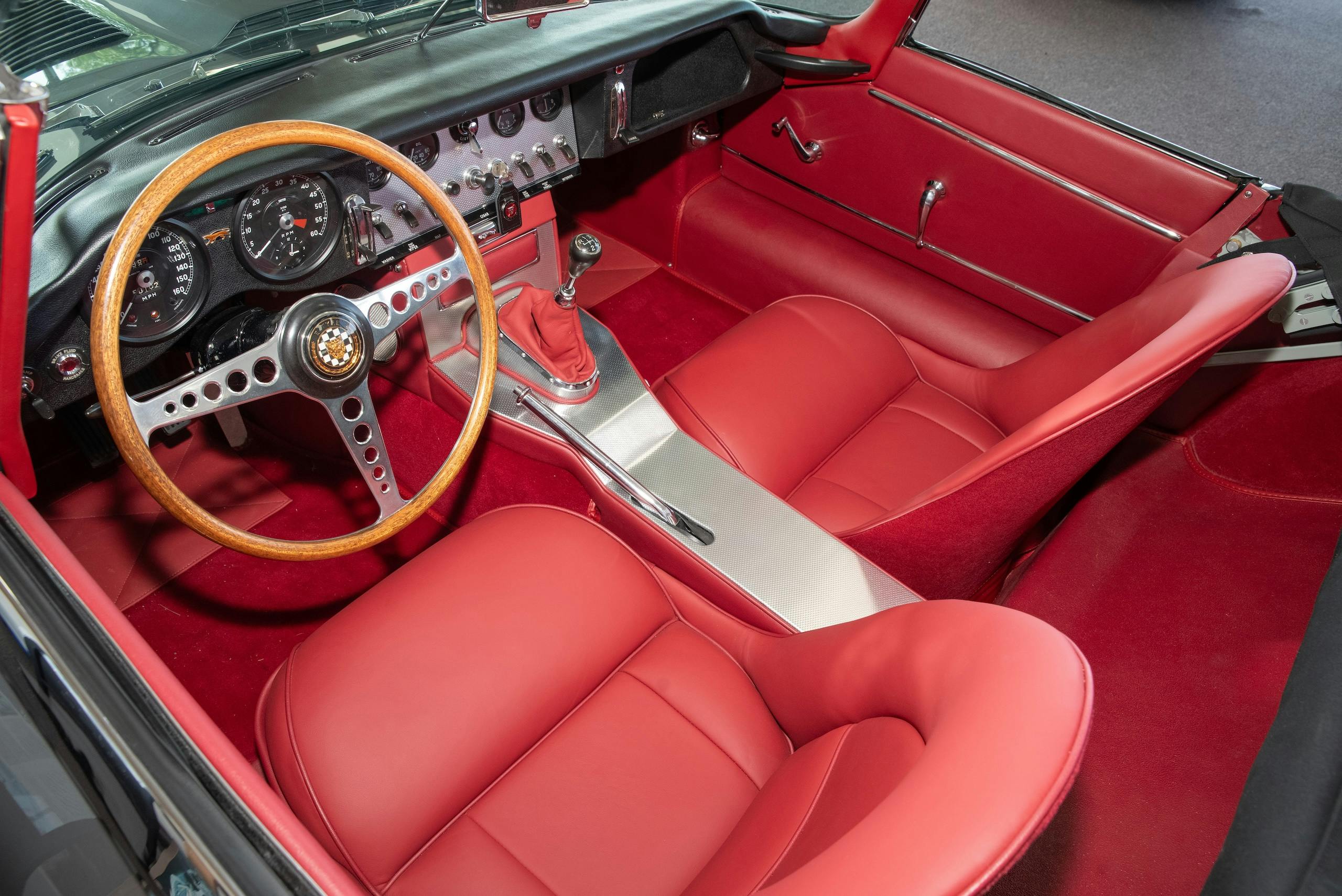
Nikolas Motorsport occupies a former Cadillac dealership where a cadre of expert mechanics repair expensive cars, primarily BMWs and Porsches. At the front of the building is a showroom, where half a dozen or so beautiful cars that the Nikolas brothers, Bob, Dave, and John, own are displayed. It was there that I first laid eyes on Bob’s gorgeous ’61 E-Type. Seeing the car transports you to a Jaguar showroom from 63 years ago. The car looks flawless. The finish appears perfect, the interior is as it was when the car rolled off the assembly line. The engine, with its polished aluminum cam covers glistening, is finely detailed.




The Nikolas brothers have member access to M1 Concourse, the luxury garage and club facility in Pontiac, and they made arrangements for me to photograph the car on the M1 track. Bob fired up the car in the showroom and drove it out the door and onto Woodward Avenue for the short trip to M1. Just hearing the car run was a delight. One would swear it purrs with an English accent while singing a throaty song of victory at Le Mans. Beautiful. Classic. Thrilling.

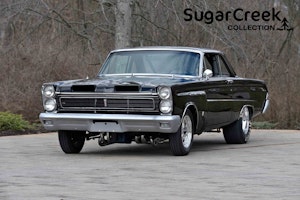

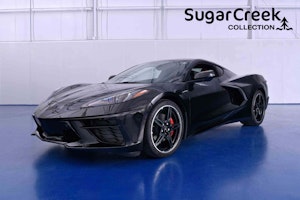
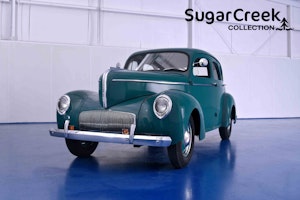
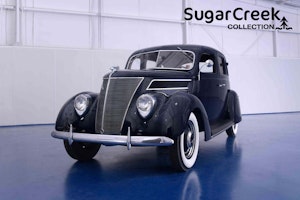
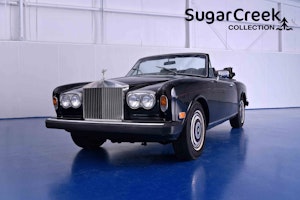
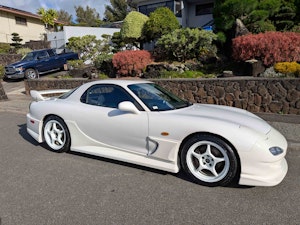
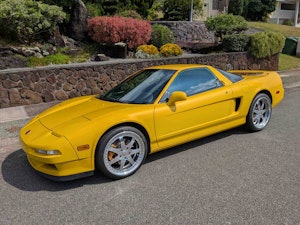




























Never-matched beauty.
Amen. This is the sort of stuff that car-nut dreams are made of.
E-Types do not have forged aluminum A-arms, they are forged steel.
Thank you for the correction.
Boy, those sure look like aluminum.
I’ve never driven an early one, but an E-type was the pace car at Blackhawk Farms in the early 70s. A good friend’s father built the track, and we were the grounds crew. This meant we two teens had keys to….everything. This included the Jag.
You know where this is going.
What a sweet-handler! It was interesting to note that there was a motion in cornering that felt like the wire wheels allowed motion, but no feeling of roll.
I wonder where that car landed after that pace car experience.
I have the 864th E-Type built, and it was built on 23 October 1961, my 26th birthday!…my dream came true 54 years ago in 1970. After a bad “murdercycle” wreck I decided to get back on to four wheels of fun…my roadster cost me $1100 bucks. No more beautiful car have I seen in those 54 years than my E…
That top picture with the E-Type and Corvette racing is awesome. I love the interior of this car.
“This is another photo taken during the ’62 season at Waterford Hills.”
This picture must have been taken at the end of ‘62, notice the ‘63 Corvette split window coupe lurking in the background on the right?
Ah, the good old days.
Wow! Most beautiful car ever.
While some folks raced them, the XK150 was really more evolved into a sports touring car from the raw XK120 more race focused sports car. The ride in an XK150 (especially the S version with triple carbs and higher compression), is a combination of performance and comfort, and not really intended to be a pure racing car. The XKE in contrast, was truly the next generation sports car to replace the XK120 and much better suited to racing. Each car has its own unique niche.
Gorgeous cars. I don’t understand how Porsche and Ferrari values have gone ballistic while William Lyons’ treasures have languished.
Beautiful car. I really enjoy my 61 E type, although it’s just 10 inches long.